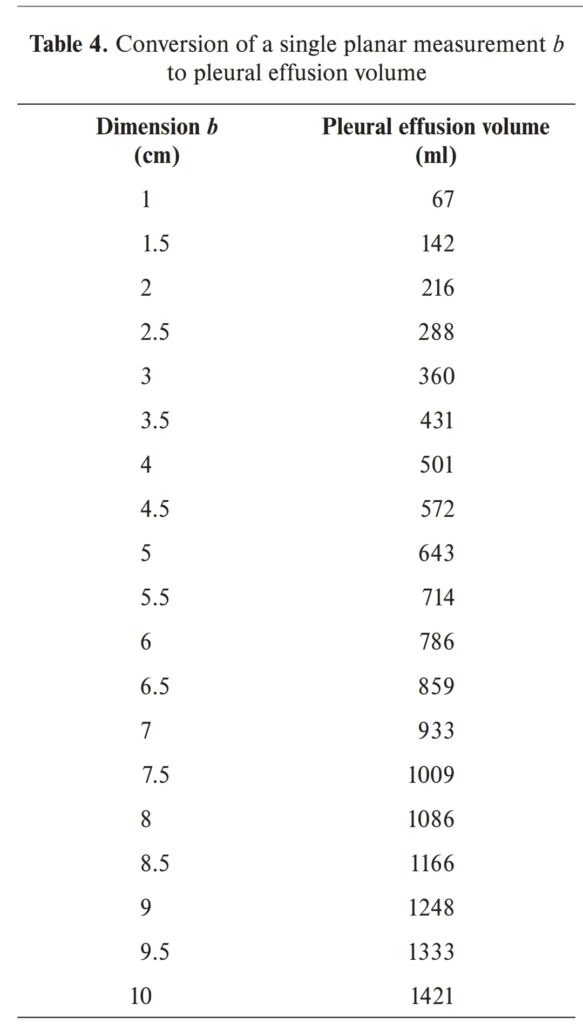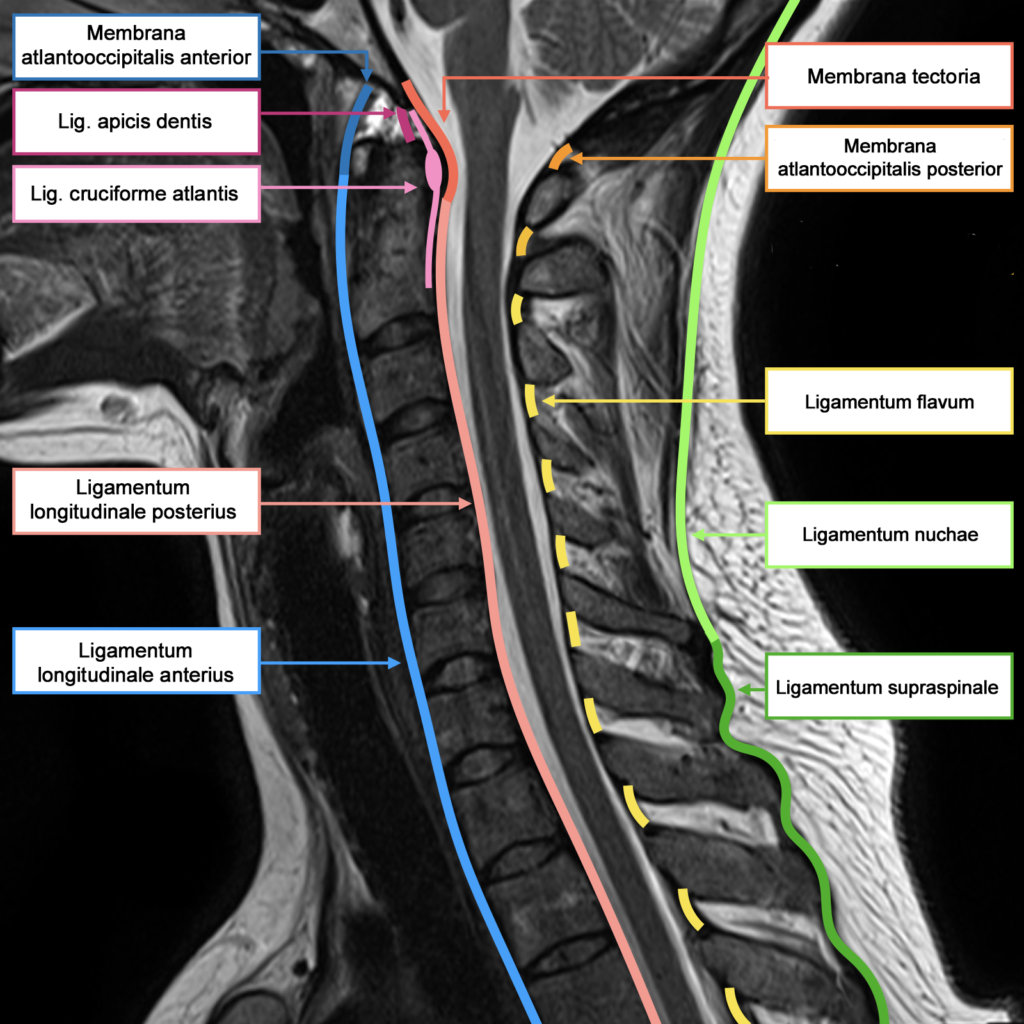FRCR Part 1 Anatomy Exam Experience February 2023
What is FRCR?
FRCR stands for Fellow of Royal College of Radiology. The FRCR Exam is a three-step examination conducted by the Royal College of Radiologists (UK) after which the candidate is inducted as a Fellow of the RCR.
What does the anatomy exam look like?
It is a 90 minute-long computer-based exam consisting of 100 questions. Each question consists of single image and an arrow pointing to a structure. More than 80-85% of the questions will be (what is the arrowed structure?). Some questions will be (what is the normal variant?) and some will test you on a specific anatomic detail (e.g. what structure attaches here?). There is no negative marking, so try to answer all of the questions. If uncertain then guess.
What imaging modality will be tested?
Almost all imaging modalities are included within. Cross-sectional (e.g. CT, MRI) and non cross-sectional (x-ray, ultrasound, DSA). Sometimes volume rendered images and even exotic diagnostic imaging modalities (e.g. dacryocystography) will be tested. But no nuclear medicine is tested.
Is is difficult to pass?
Not really. The level of detail that is required, is aimed at general radiologists. Structures that are clinically relevant will be tested the most. Basically the bread and butter of what you need in your daily reporting. It is not aimed at at anatomists.
What resources I used?
Radiology Café. They have 18 free mock exams. That is 1800 images. I did them all. Any image I got wrong, I copied it into a powerpoint presentation so that I can review it later. If you can master these images, you can pass the exam. These will also teach you what level of detail is required for the exam. Don’t forget to do the section on normal anatomical variants.
Virtual Preparatory Course for FRCR Part 1 Examination, University of Bolton. This is an online 2-day course on anatomy and physics. The physics part isn’t comprehensive enough. Because you can’t fit physics into one day. But the anatomy part was genius. It had very well prepared slides, tips and tricks. I would 100% recommend doing the anatomy part of this course.
Youtube. If you find the anatomy of a certain body part challenging (e.g. tendons of the ankle joint, skull base foramina..etc), just look at a couple of videos of it on youtube. It is invaluable.
Imaging Atlas of Human Anatomy from Weir and Abraham’s. If you want to learn the anatomy of a certain body part and don’t have time to look at a 30 minute video. This book has everything you need. The level of detail is sometimes more than what is required to pass the exam. Now and then you might get the feeling that a structure pointed out in this book isn’t really clear and could be interpreted to mean a couple of different structures. That is fine. The exam will be very clear on which structure they point to. There will be no confusion about a structure. Even if a structure is a little vague in the exam (e.g. external iliac artery vs. common femoral artery) both answers will be accepted.
Radiological Anatomy for FRCR Part 1 by Philip Borg et al. This also has some great mock exams and anatomic variants. In addition it will give you great tips and mnemonics to remember important anatomic details. Do it if you have time.
Exam experience
I sat the exam in London. There are two venus in London. The RCR and Imparando. I did mine at Imparando. 50 exam candidates in total. I had to be present at the venue 1 hour before the start of the exam. The software interface is identical to the demo shown on the RCR-website. You can bring review materials with you and use them until 30 minutes or so before the exam. Then everything must be put away. No electronics. No paper, pencil or pen allowed.
I attempted all the questions as quickly as possible, marking the ones I wasn’t sure about. This took about 45 minutes. I reviewed all the questions, especially the marked ones in the remaining 45 minutes. We were not allowed the exit the exam hall until the time was up.
Results
The results were sent out per email exactly 3 weeks after the exam date. I passed on the first attempt. The pass mark for my group was 132. I got a score of 172.


